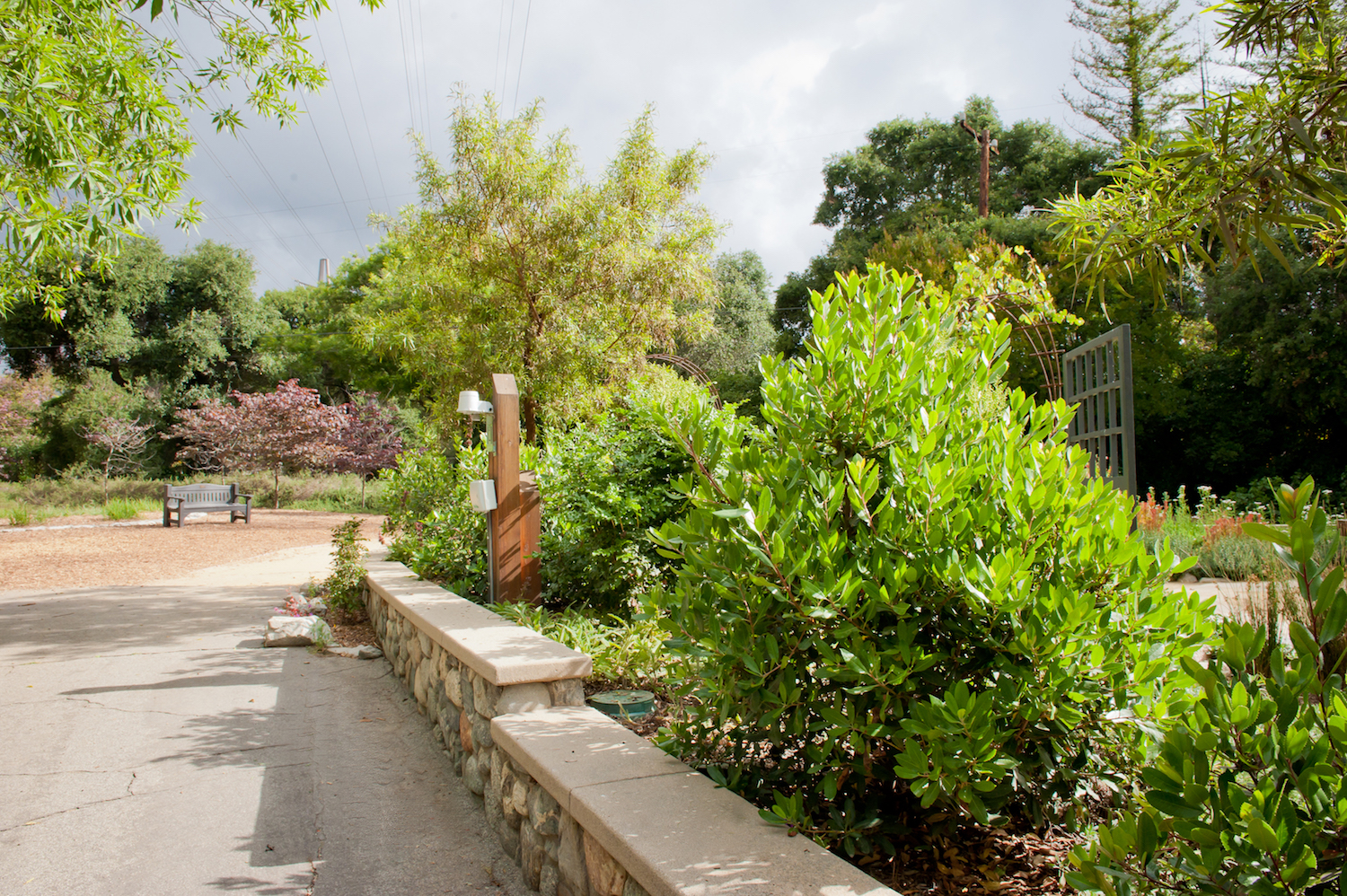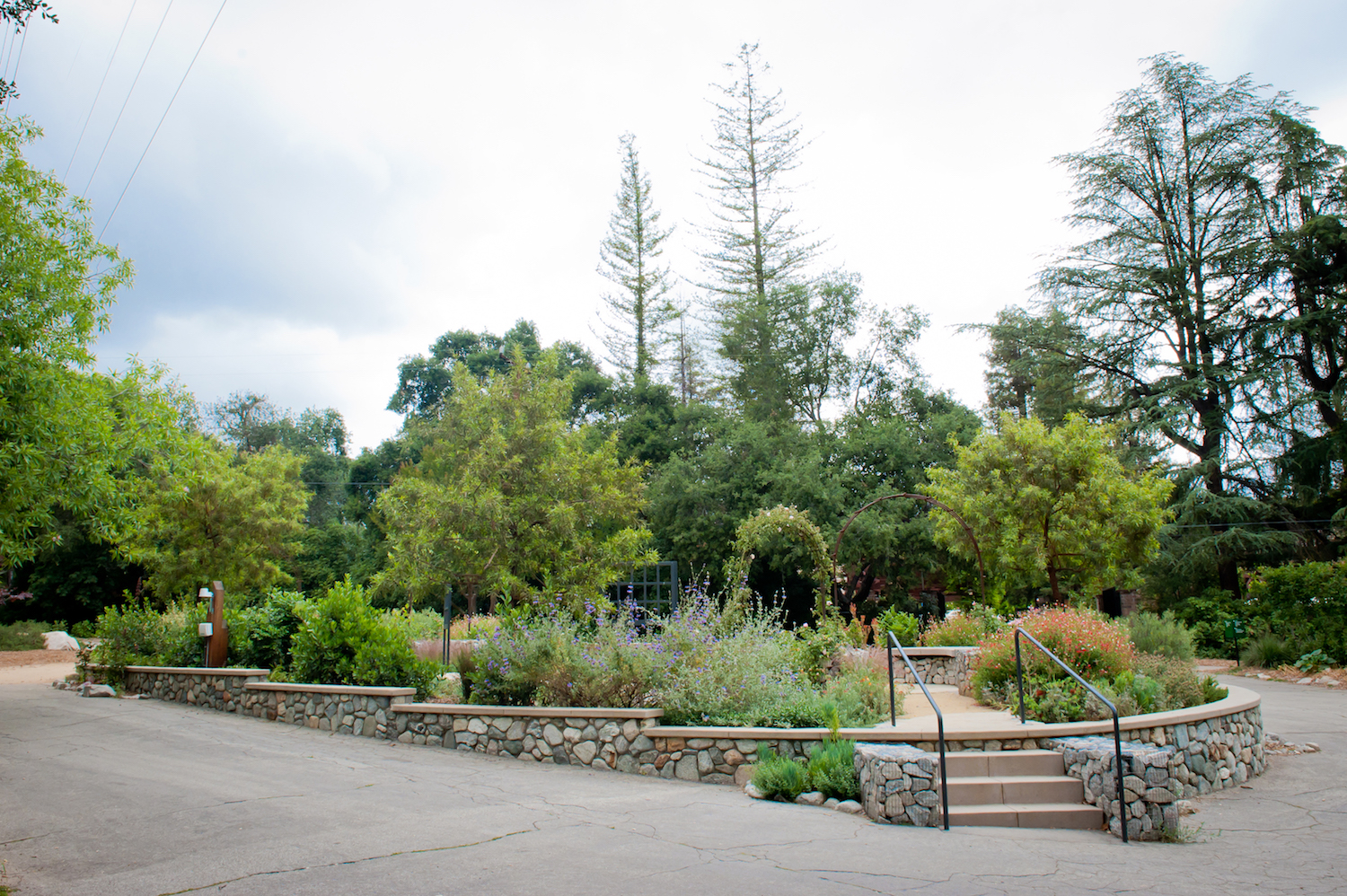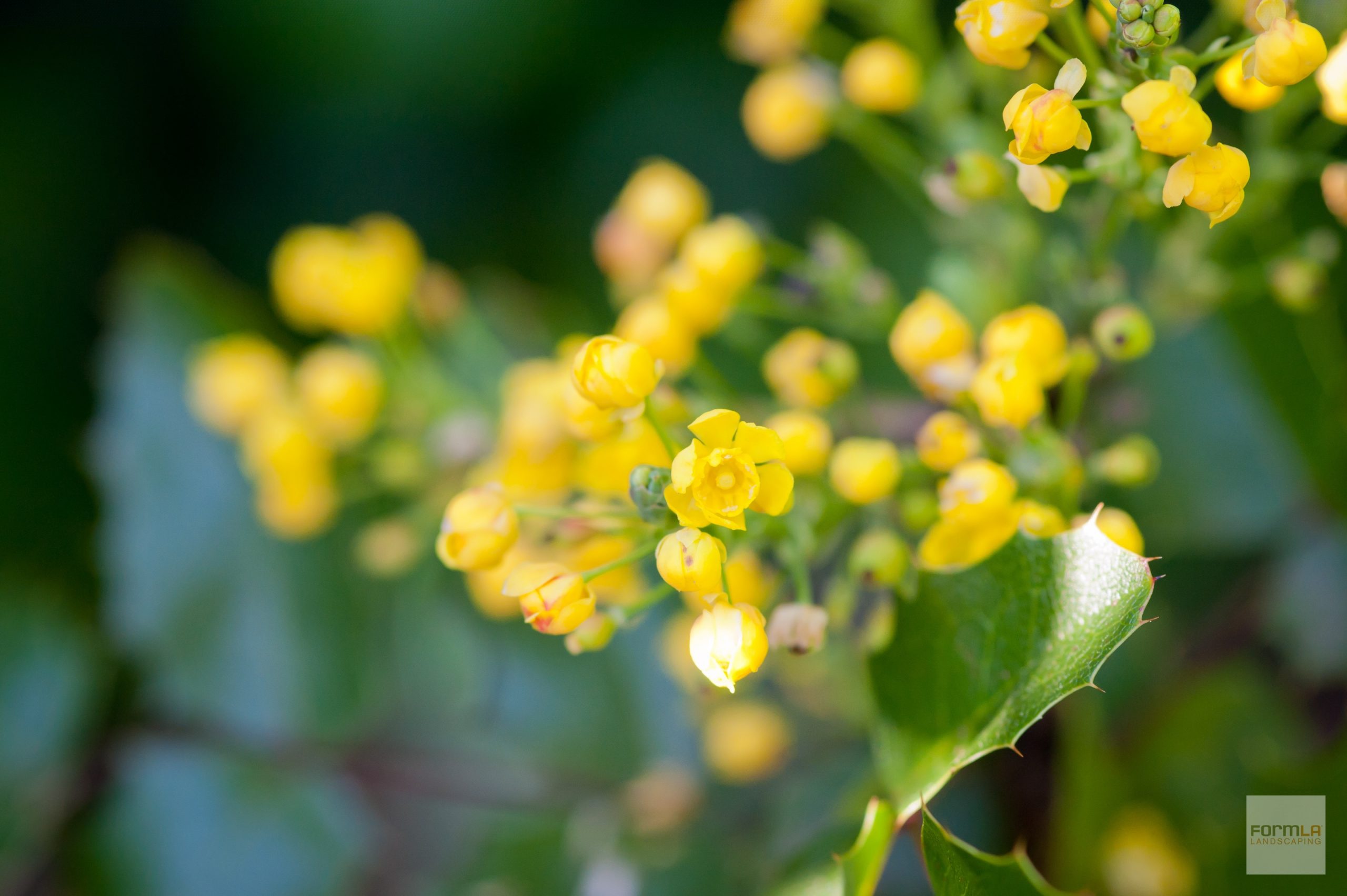June 2023. By Isara Ongwiseth: Years ago, we worked with LA’s iconic Descanso Gardens to define the “new look for LA.” Lush, leafy, low water and indigenous, it’s a look that only LA can pull off – and one that supports our long term resilience.
With that exhibition garden, we aimed to show Angelenos that we have more control than we might think over how we look, how we feel, and what we experience as a community. While we were thinking long term, we suspect drought framed visitor interpretation of the garden. Remember when saving water was our only call to action? The good old days!
In the seven years that have passed since Descanso’s Center Circle Garden hosted the New Look for LA, we’ve experienced severe water restrictions, extreme heat, far more and more devastating wildfires, generational storm surges, flooding and mudslides. As we visited the Living in a Wildlife Corridor exhibit at the Boddy House, we discussed how we would evolve The New Look for LA based on these recent experiences.

Applied Water: Smart Irrigation
Usually invisible, Descanso Gardens aimed to draw attention to the subsurface, low-flow, hydrozoned drip irrigation we added to support The New Look for LA. While Descanso continues to showcase evolving looks in the Center Circle, the smart irrigation and demonstration control system remains intact. We wouldn’t change that!
After the water restricted summer of 2022, most Angelenos know irrigation is anything but boring. The exceptional water-and-landscape saving value of these systems helped some gardens thrive while others sputtered. Whether its due to this result or the fun tech, the National Association of Realtors showed these systems actually spark as much joy as [something].
Keep: For the joy, the aesthetic support, the notable water savings, this remains a critical support to keeping LA lush, leafy, cool and thriving.

Stormwater Absorption: Bioswales and Breaks
After carefully calibrating irrigation to comply with water restrictions, watching 2023’s abundance of rain flow to the ocean felt like a low blow. We can slow that process by ensuring the spaces in our care absorb as much stormwater as possible. The New Look for LA illustrated a key strategy for doing so – one side of the garden contained an expansive bioswale, also known as a rain garden.
A bioswale uses a shift in topography supported by a rocky substructure to facilitate the absorption of water. Think that commitment of space might be a sacrifice in the day-to-day? It’s possible you’ve forgotten how to play! One of the most delightful functions of a bioswale is enticing kids to run, jump and explore. We also like to perch or nestle-in to read a book or post about wildlife and blooms.
We believe bioswales can dramatically enhance curb appeal as well. They pre-fuel foliage to withstand high heat and low water. When filled with foliage, the shifts in topography inspire awe. Similarly, we’ve supported bioswales with simple breaks in paving. This strategy delights visitors to the Garden of the Setting Sun and Urban Wildlife Habitat.
Expand: For the day-to-day play, the boost to greenery, and the storm protection, we would keep or expand stormwater capturing features.

Fire Defense: Ember Resistant Zone 0, Fire Breaks
The decomposed granite and paver patio in The New Look for LA aimed to illustrate where a house might sit within the landscape. If a home were placed here, it would be surrounded by a band of ember resistant material. Shown to dramatically improve the ability of home’s to resist fire, California now requires new homes constructed in high fire severity areas to be constructed with a 5 foot band like this, and similarly situated existing homes must create similar bands by January of 2024.
While only required for some, what if we were to incorporate this into LA’s signature look? As high fire severity zones expand, it would mean homes stand at the ready. Similarly, they would be protected from the spread of urban and suburban fire. This zone also eases home maintenance and offers proximate outdoor living space. It means unobstructed views from the home into what can be a rich tapestry of blooms and greenery.
Similarly, wandering the decomposed granite trails, resting on the stone benches and the aesthetic of the retaining wall all amplify the visual appeal and enjoyment of the garden. They also provide ember resistant fire breaks.
Keep: We would absolutely keep this area. We would not expand it! Smartly placed and spaced California native foliage protects homes.

Shady and Treeful
Trees, particularly the Oak Woodland, define Descanso Gardens. Even at a distance, these exceptional creatures cool the Center Circle space. They are at a just-right distance to provide ember-catching protection were there an actual home there. For that reason, we added just one tree to the space – an African Sumac. Like the archways covered in vine, it elevated the eye and produced dappled shade.
In the petite space of the garden, we could have planted similarly-sized Western Redbud and Palo Verde trees rather than the Sumac. They could provide needed nectar, seeds and habitat for native bee, butterfly, and bird species. Humans could also delight in the taste of their blooms, up our protein intake with their seeds, and enjoy their seasonal adaptations.
Evolve+Expand: If we were to evolve The New Look for LA, we’d likely engage only indigenous trees. They are the most adapted to thrive in La Canada’s wild shifts from frost to extreme heat.

Lush, Leafy, Low-Water Foliage
The New Look for LA filled the Center Circle with some of our favorite California native foliage, much of it hyperlocal to the Descanso area. We also incorporated a few non-indigenous plants, including Australian Cassia, Chilean Rock Purslane, and Mediterranean Two Lips Salvia.
In the intervening years, we’ve become more enamored with the distinctive resilience of hyperlocal plant palettes. Many indigenous plants simply handle high heat and low water best, ensuring our gardens maintain their aesthetics. This ability to hold hydration and health also helps them resist fire. Similarly, they respond well in high rain years, where non-indigenous succulents and cacti can struggle.
Evolve: If we were to evolve The New Look for LA, we’d likely engage only indigenous, fire defensive foliage. This might look like swapping Oregon Grape for Cassia, Blue Flax for Rock Purslane, and Island Snapdragon for Two Lips Salvia. We’d want to make room for Our Lord’s Candle, Dwarf Coyote Bush, and Manzanita too.
We hope these musings reinforce just how much our landscaping decisions can impact LA’s resilience. It’s easy to get overwhelmed by phrases like “whiplash weather” and “365-day fire season.” When we engage calm, think long term, and reference nature, we can solve for many of our seemingly insurmountable problems. What will LA look and feel like in 2050? That’s up to us!
More Information
Descanso’s New Look for LA
The Vision Behind the New Look for LA









